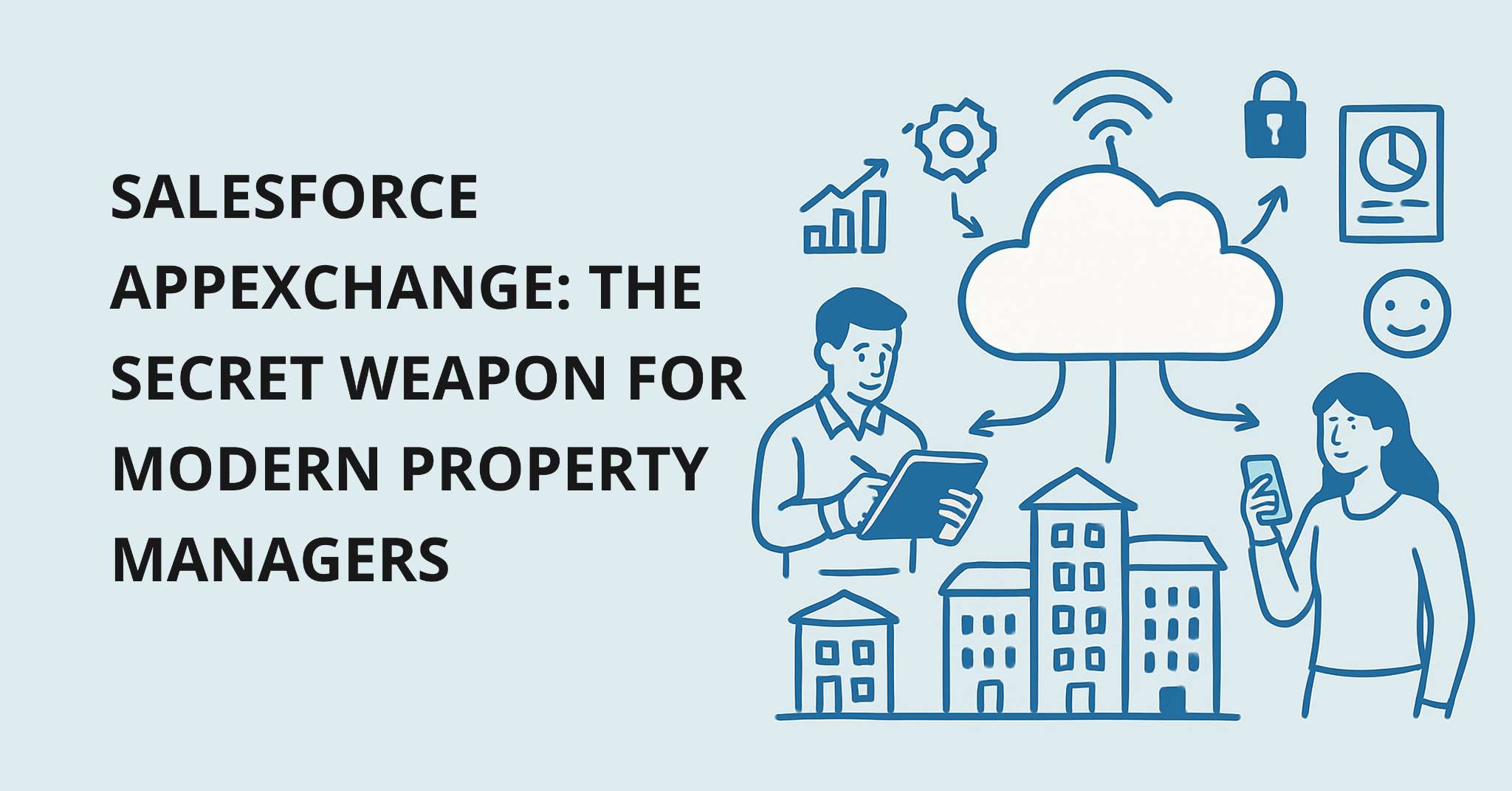One of the most important pricing tactics in the hotel sector is the yield management, which entails strategic inventory control through dynamic pricing. One of the most significant benefits of yield management is that it enables hotels to maximize income.
As any revenue manager knows, knowing, influencing, and anticipating consumer behavior is critical to optimizing revenue. It’s all about timing, offering the right product to the right buyer at the right moment. Because one of the vital concerns of hoteliers is occupancy, it is critical to grasp how to employ yield management to your advantage.
Hotels can harness the power of automation in this way, transforming the way hoteliers think about hospitality. Hotels connected and open to integrations can provide an excellent guest experience while still controlling revenue streams.
This article will explore what yield management means and its benefits under the subheadings of how it increases booking patterns, eliminates pricing errors, effective segmentation of customers, understands booking patterns, and increases value proposition.
What is Yield Management?

Yield management is a pricing approach used in the hospitality sector to get the most money out of perishable inventory like hotel rooms or airline seats.
This is a strategy based on the concept of selling the right product or service to the right client at the right time for the right price. When it comes to the hotel industry, yield management simply means selling the fitting room at the right price to the right customer to optimize income.
Yield management is a concept that is comparable to revenue management. However, there is a narrow line that separates the two. The revenue earned by room occupancy or room rates is the focus of hotel yield management. Revenue management, on the other hand, encompasses much more than just occupancy.
Read for a more in-depth understanding about what is yield management.
Benefits of Yield Management

There are numerous benefits to employing yield management in hotels, including improved booking patterns, a better understanding of booking trends, fewer pricing errors, and a better proposition of value. Let’s take a closer look at the benefits.
- Increase Booking Patterns
Machine learning and advanced analytics have changed the way people think about hospitality throughout the years, allowing yield management to evolve. Because revenue is likely the essential worry for hoteliers, it’s vital to remember that the real benefit of yield management is that it helps hotels improve income by increasing booking patterns, even when the hotel isn’t fully booked. An excellent yield management program effectively increases booking patterns, which births more visitors and improved revenue.
- Eliminate Pricing Errors
Revenue managers and hoteliers may eliminate human mistakes by setting rates based on demand forecasting rather than predicted booking patterns, thanks to an innovative yield management software system. This management program enables you to move hotel management into the future by using technology to automate procedures. For example, you can determine the optimum hotel rates for the period based on precise data if you have a clear set of data from software integrations.
- Effective Segmentation of Customers
Any business plan must include market segmentation, and an excellent forecast can aid in capturing the nuances of this segmentation. In addition, booking trends and patterns, intentions to book, and guest preferences can reveal some of these intricacies.
Hotels profit from various guests throughout the year, including lone travelers, family groups, and business guests. Hotels can use this method to determine which segments they miss out on and adjust their marketing strategy accordingly.
- Understand Booking Patterns
Customers are not all created equal. Some people book on the spur of the moment, while others plan months in advance. With this type of management system, hoteliers can change pricing to booking behavior if they have a thorough grasp of booking patterns. For example, you could charge higher pricing to last-minute bookers in exchange for reduced pricing to those who book ahead of time and make sure to cover fixed costs. Hotels currently provide lower costs during the off-season and higher prices during the peak season. Still, you may modify those prices with this variable pricing system depending on when the customer books.
- Increase Value Proposition
Consumers’ perceived value is the amount they believe a thing is worth to them, and they are prepared to pay more for scarce items. In the hotel industry, the same principle applies: customers are willing to pay more during peak season since the perceived value is higher. You can construct this perceived worth in clients’ minds by using a variable pricing structure, enticing them to book farther in advance, and therefore using marketing methods to help enhance this perceived worth.
Drawbacks of Yield Management
One negative is that because judgments are based on data and forecasts, habitual clients do not receive special treatment. Another downside is that if the system does not anticipate correctly, it will not assist in maximizing revenue because unforeseen events such as pandemics and natural disasters cannot be predicted.
Hotels must acquire data, organize it, and collaborate with people in authority to put it into a pricing system to forecast accurately. However, no prognosis can be guaranteed to be 100 percent correct. Because there are so many elements that drive demand, one of the downsides is that revenue estimates may not stand up against actual market trends, putting revenue at risk.
Final Thoughts
The benefits of yield management significantly outnumber the drawbacks. Of course, it’s not an ideal method because there’s always space for error when relying on machines and forecasts. As far as we can tell, hotels cannot forecast the future, but it is becoming increasingly possible with the correct technologies. Hotels may improve revenue with minimum expenditure by employing yield management tactics.
Furthermore, by obtaining the most terrific price, visitors are prepared to pay based on their booking preferences, this pricing strategy helps to reach diverse parts of the market better. This enables hoteliers to concentrate on profitable bookings rather than those that simply cover expenditures. As a result, a good yield management approach can assist hotels in maintaining a consistent revenue stream throughout the year.
Booking Ninjas is perfect for Yield Management
Our platform is uniquely designed to improve the quality of your experience as a property manager and that includes your revenue. Excellent yield management is an important part of the Booking Ninjas experience and we want you to have it. Schedule a call with us to get started.






_-_A_Complete_Guide.png)











+for+Hotel+Chains.png)
